|
Whether it’s learning rhythm in first grade, or performing on stage in front of the community in high school, school is commonly the conduit through which many students experience the arts for the first time. These first interactions with the arts are vital on many fronts. Not only does engagement in the arts help improve a student’s overall performance in school, but this initial exposure at school provides an environment that fosters an appreciation for, and understanding of the arts - creating arts supporters years from now when students leave school. Because of the long-term impact of the arts from that first classroom arts exercise, it is important that teachers and administrators to understand how to effect change in their school culture to ensure the arts are seen as a part of educating the whole child and not a frill activity reserved for only a select number of minutes or students per week. At the South Carolina Arts Alliance, we work with schools and organizations (including Palmetto State Arts Education) around the state to help bring some basic advocacy training to teachers and administrators so that the arts can thrive in their classrooms. For Arts Advocacy Week (February 5-9), we’ve partnered up with PSAE to bring you our 6 Basic Advocacy Steps to help empower you to impact your classroom this year. Check them out below! Plug-inSign up for email newsletters, follow folks on social media, watch the news. Understanding the environment you work in is key to successful advocacy. For arts teachers, this includes following your discipline associations (SC Art Educators Association, SC Music Educators Association, SC Theatre Association, SC Dance Association), your own school and district newsletters, your local media, and national groups such as the Education Commission of the States and Americans for the Arts. Know the GameTo impact policy, you have to know how it’s made. Don’t know yet? It’s simple to find out: pick something and follow it. Whether it’s a school policy or state law, find an issue you’re passionate about and follow it. This includes other school department policies, school board issues, and talking with teachers from other schools and districts. Make a ConnectionAs you work on understanding your issue, make note of who is involved and reach out! Find your elected officials on social media and connect with them, introduce yourself at a meeting or event, take your principal out for coffee, get to know your peers, and remember that you are a citizen too! As a citizen, you have a voice, and it should be heard. Be the ExpertRead everything you can about your particular issue. Be armed with knowledge on every aspect - the pros, the cons, the strengths, and the weaknesses. Stay on top of trends not just in education, but also in your discipline. And then share that knowledge with your peers, administrators, and elected officials. When a decision-maker thinks of your issue, you want them to think of you. Set the TableYou can also create opportunities to advocate for the arts, don’t just wait to be asked. Invite your elected officials (including school board members) to performances or events, set up a meeting to talk about an issue, participate in forums, and work with key parent allies. There’s also nothing wrong with a well-timed student showcase to help make your case as you work on your issue! Show UpThis is the most important step. Vote - in every election: presidential, congressional, statehouse, governor, city council, and school board. Attend school board meetings, town hall meetings, and forums. The world is run by those who show up! For more advocacy resources, visit scartsalliance.net. If you would like the South Carolina Arts Alliance to help you or your school work on advocacy strategies for the arts in your classrooms, reach out by calling (864) 314-0712 or emailing [email protected].
0 Comments
I was in graduate school when I wrote my first “big grant application” and was so confident I decided to share it with an advisor about 24 hours before it was due. You know, to get a little pat on the back before submitting. So imagine my shock when she called and asked, “Have you submitted this to the University’s Department of Sponsored Research?” Cue record scratch. No. No I had not submitted it to the Department of Sponsored Research. I had no idea what the Department of Sponsored Research was or how it was about to make the next 24 hours one of the biggest learning experiences of my life. What I soon discovered was that our University’s internal process involved approval by the Department Chair (who was out of town) and the Dean (who was out on medical leave), more paperwork than the actual grant application itself (including a waiver for biomedical test subjects), and an average processing time of 2-3 weeks. The University recommended submitting grant applications to the Department of Sponsored Research a full month before they were due, and I had 24 hours. Over those 24 hours I made a lot of people angry, broke a lot of trust, and learned a lot of lessons. Now that I am on the other end of grant making I try to share those and other lessons with teachers and arts organizations. I get how frustrating, confusing, and overwhelming grant writing can be and understand the urge to give up. But I also understand that grants can mean a child experiences the magic of theatre for the first time. They can mean an art teacher acquires the supplies to teach print making to a future designer. Grants can help narrow gaps, improve equity, and be the reason a child holds an instrument in their hands and thinks “I can do this.” Below are my top tips for navigating the world of grants. Grant writing is a skill that improves with practice. So don’t give up – because you never know the impact your next grant can make in your program or classroom. Oh, and that first big grant I wrote? We did end up receiving funding. And I got to see firsthand how this frustrating, overwhelming, and confusing process can lead to life-changing experiences for students. Before You Begin Writing
The Writing Process
The Panel Process
Follow-Up
Special thanks to the following people for their contributions: Nancy Daugherty, National Endowment for the Arts; Anne Alston, Nebraska Arts Council; Danielle Bursk, New Jersey State Council on the Arts; Vivien Lee, Hawaii State Foundation on Culture and the Arts; Sheila Oedit, Colorado Creative Industries; Sheila Dean Ross, Delaware Division of the Arts; Rebecca Engelman, North Dakota Council on the Arts; Argy Nestor, Maine Arts Commission; Diana Green, Alabama State Council on the Arts; Jennifer Allen-Barron, Oklahoma Arts Council; Chiquita Mullins Lee, Ohio Arts Council.
Creativity, according to Webster’s, is the ability to transcend traditional ideas and to create meaningful new ideas. I doodled this little graphic about 2 years ago to help me remember exactly what the word means. Before I looked the word up, I always believed that being creative meant that I had to be artsy… a good painter, drawer, or a good decorator. I am not sure where or when I developed that thinking. Maybe it was when I was in elementary school and the teacher assigned an art project and instructed me to “be creative.” It could’ve been when I was in college and had the task of designing a team t-shirt. Everyone insisted that the design must be creative. It’s possible that my first year teaching helped warp my view of creativity as well. Everyone used to look at my bulletin boards and say, “Ooo, that’s creative.” Every association I had with the word was connected to art, and I never thought any differently until I started reading what some “creatives” had to say on the subject. Turns out, Webster was right! It really isn’t anything to do with art, the creating of it, or the ability to color just right in the lines. In fact, it has everything to do with coloring and squiggling all outside the proverbial lines of life and coming up with a new idea, thought, view, or creation. The change in my thinking didn’t come easy. I have done a lot of reading, more reading, then I read some more. There are lots of books on the subject and still quite a few of them are on my must read list. One book in particular, “Big Magic,” by Elizabeth Gilbert was revolutionary for me. Her words seemed to open my eyes, ears, and heart to help me see, hear, and feel the true meaning of being creative. My biggest take away… Creativity takes courage. Courage to try new things, courage to attempt something you’ve never done. Courage to ignore the fears in your head and go after something in a nontraditional way in hopes of finding a new path. I have used this book and all of the other readings to really guide the work that I do as a director of professional development. I am constantly looking for new and engaging ways for teachers, students, and parents to bring more creativity into their classrooms and homes. In my last blog post, I shared a list of ways that you are your kids could be creative this summer. I received numerous emails and tweets from many of you who are working through the list. Please keep those coming. This week, I would like to provide you with some ways to build your own creativity. 1. For 5 minutes, look at this ruler and make a list of all the things you can do with it other than measure and draw a straight line. 2. Study this picture of a unique bird. Make a list of as many questions as you can think of about what you see. There is no wrong question. The more you think of the better! 3. Look at these objects. Take a few minutes to think of ways that these three could be connected. 4. This guy is laughing… What about? Talk with a friend and see if you can come up with 20 ideas of what has got his giggle box flipped. 5. What is this? I have no idea… Help me come up with a few things it might be. Hopefully after you try a few of these ideas, your minds will be on a new path of learning and those new meaningful ideas that are the crux of creativity will begin to make their way into every part of your life. If you'd like to read a little more than just my blog on the subject, try these books. But, be warned, your mind will be forever changed!
Since its inception in 1987, Palmetto State Arts Education has been constant in its belief that the study of the arts is essential to basic education and has worked tirelessly to fulfill its mission to advance learning in and through the arts for all students.
Throughout the course of the year, PSAE is actively involved in projects that support this mission. This new blog will highlight the many ways in which PSAE develops awareness to ensure support for arts education, equips educators to successfully develop and deliver arts education, and acknowledges outstanding achievement and innovation in arts education. We will also keep you in the know about notable South Carolina artists and educators, as well as features and interviews of the board, staff, and South Carolina educators that make PSAE's mission possible. Be sure to check back often or subscribe to our RSS feed so you can stay in the loop on arts education in South Carolina! |
About PSAEPalmetto State Arts Education is a network of professionals dedicated to advancing learning in and through the arts for all students in South Carolina. Categories
All
|
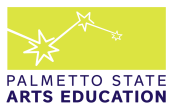

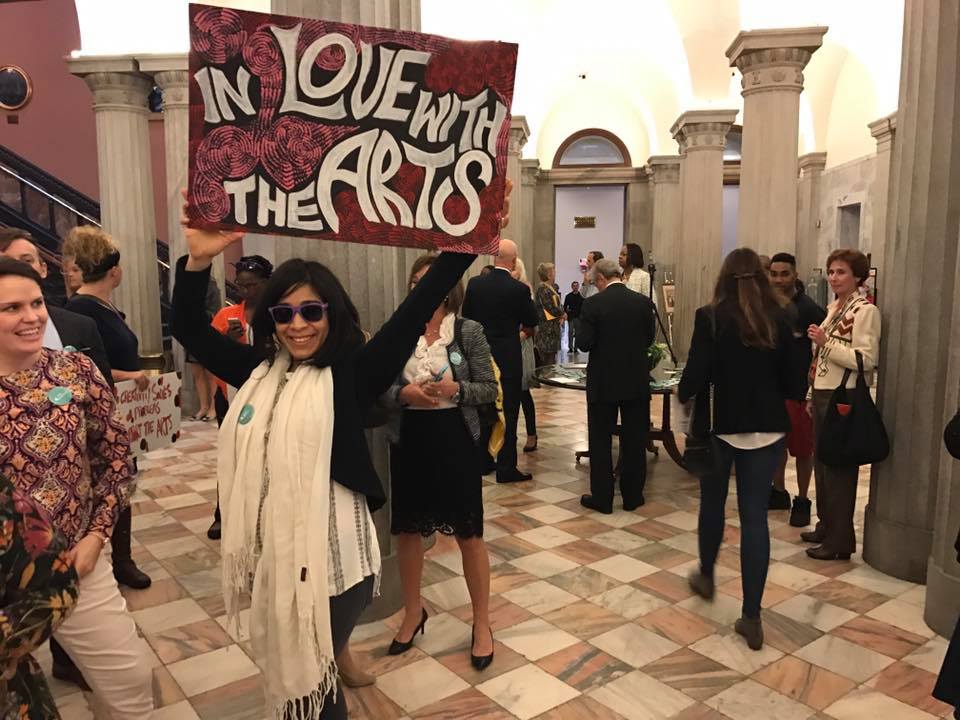

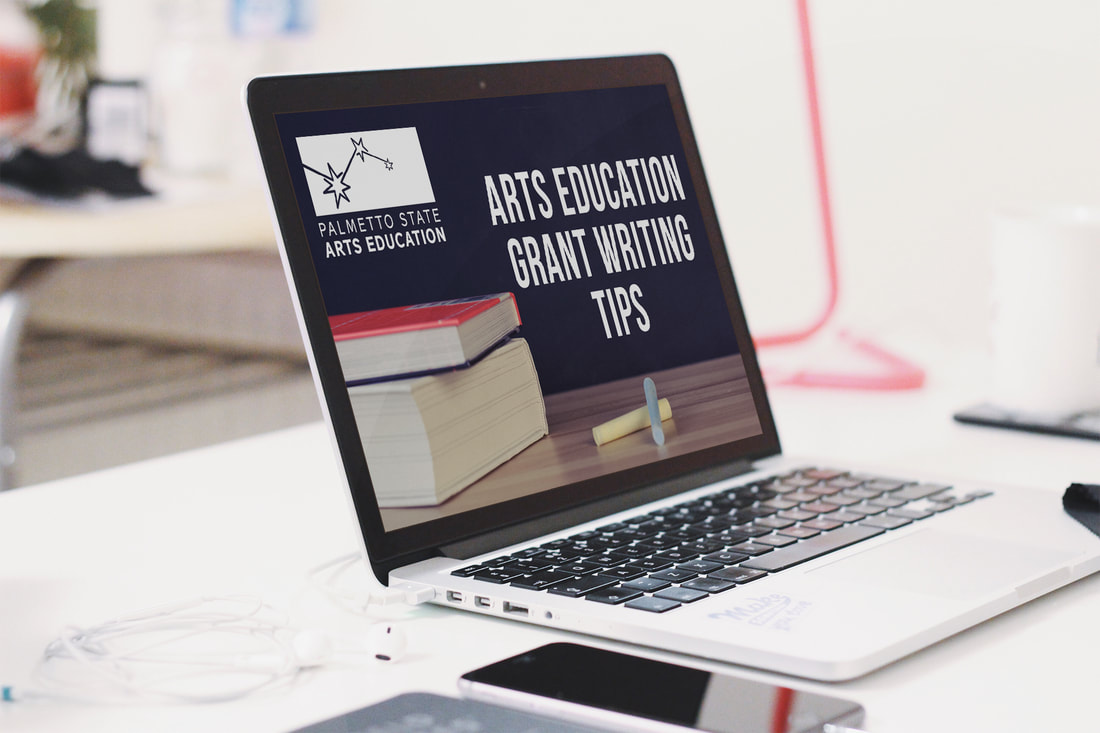


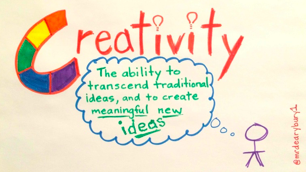
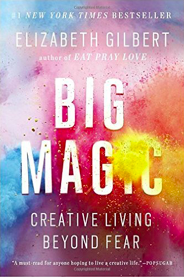





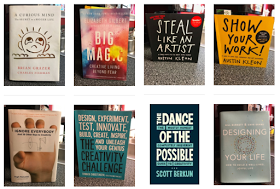

 RSS Feed
RSS Feed